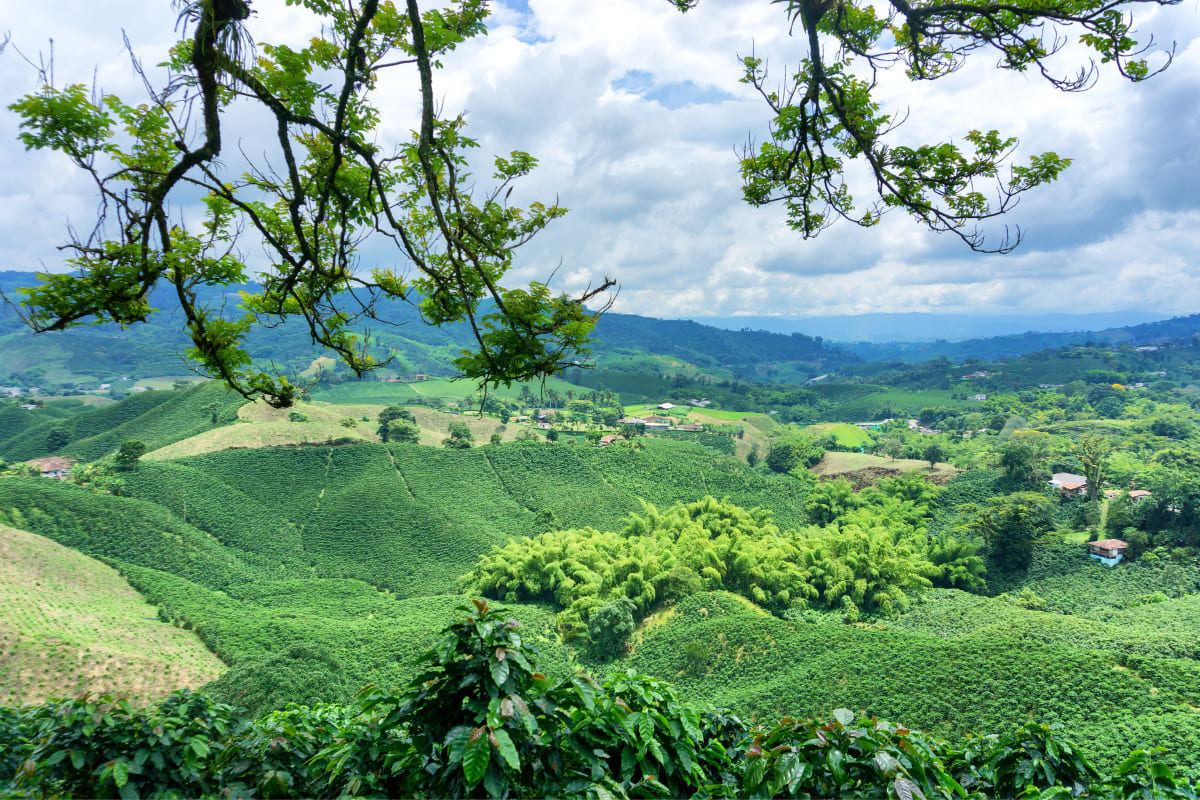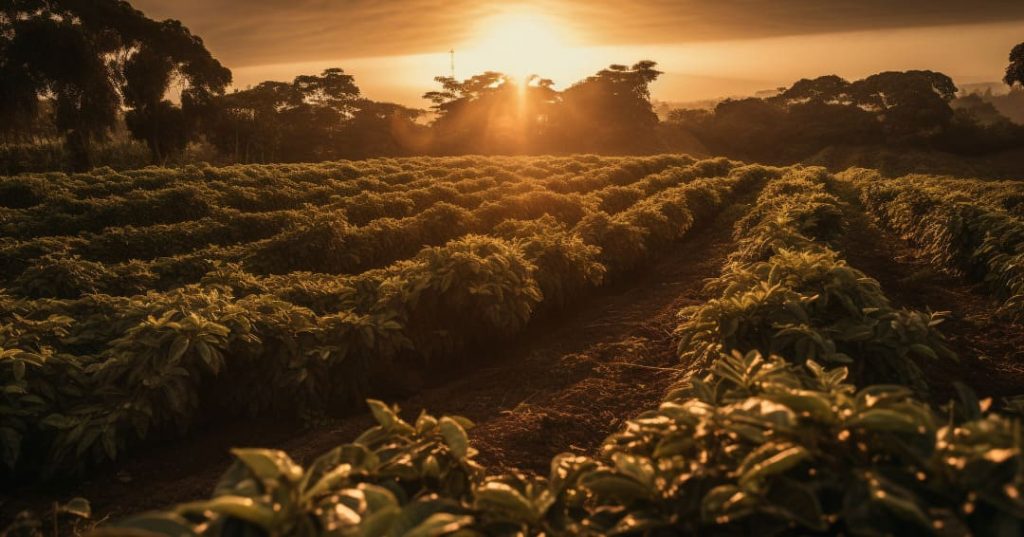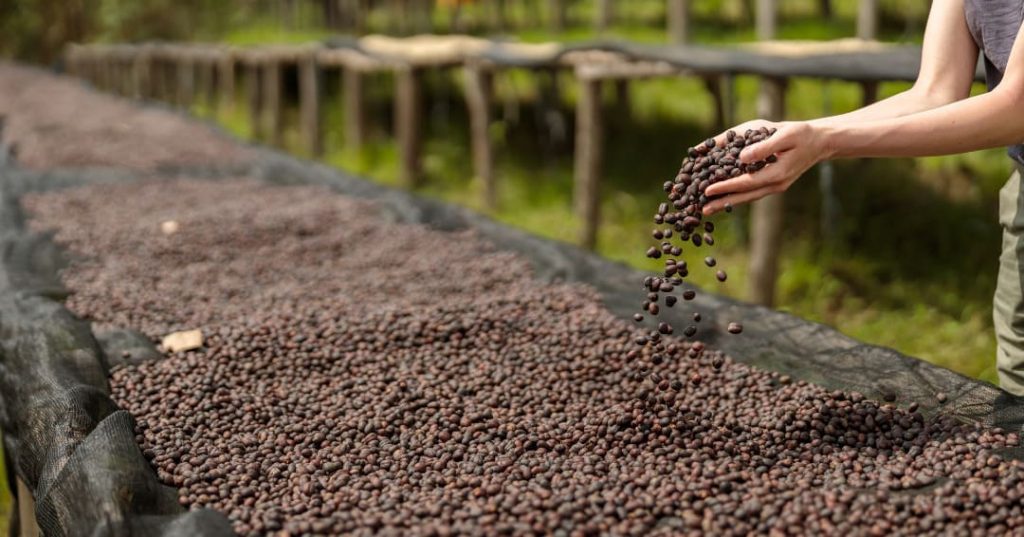Yesterday, the European Parliament adopted a resolution rejecting the methodology used by the European Commission to classify countries by their deforestation risk level under the EU Deforestation Regulation (EUDR). The classification, published in May 2025, categorizes countries as low, standard, or high risk, based on the origin of products like coffee, cocoa, timber, soy, rubber, palm oil, or cattle.
According to this list:
- Only four countries were classified as high risk: Belarus, North Korea, Russia, and Myanmar.
- Major deforestation hotspots like Brazil, Indonesia, and the Democratic Republic of Congo were labeled as standard risk.
- All EU Member States were categorized as low risk, enabling simplified due diligence procedures.
🔍 Why was the methodology rejected?
MEPs like Alexander Bernhuber, who promoted the resolution, argued that the system:
- Relies on outdated data
- Lacks regional differentiation within countries
- Fails to include a “negligible risk” category that some lawmakers wanted to use to exempt certain countries from traceability
Organizations like Greenpeace warned that this proposal is a veiled attempt to weaken the EUDR and open the door to fraud, allowing high-risk products to be labeled as coming from supposedly “safe” countries.
⚙️ What happens now?
🔸 The Parliament’s vote is non-binding.
The European Commission is not required to withdraw or revise the list immediately.
🔸 The official country classification remains in effect.
The risk categories published in May 2025 are still applicable.
🔸 The Commission may revise the methodology as part of a broader evaluation process expected in 2026. But until then, the EUDR continues moving forward with the current list.
🚨 What this means for you right now
- If you’re importing from a country classified as standard or high risk, you are required to apply full due diligence.
- If you’re exporting from a country not classified as “low risk,” you must provide complete traceability, including precise geolocation and legal documentation.
In short: traceability remains mandatory—and there are no shortcuts.
🧭 What should exporters and importers do now?
If you’re an exporter in Latin America:
- Collect geolocation data at the plot or farm level
- Prepare and organize all legal documentation
- Set up traceability systems from production to container
If you’re an importer in Europe:
- Evaluate your suppliers based on the “standard risk” scenario
- Implement strong due diligence procedures
- Use digital tools to streamline compliance and documentation
✅ Conclusions
The European Parliament’s decision does mean that the Commission is under political pressure to improve the country classification system. It also signals the need for a more transparent and data-driven methodology.
However, it does not mean that the EUDR has been suspended, postponed, or weakened. The country list published in May 2025 remains valid, and due diligence and traceability requirements must continue to be applied—especially for countries classified as standard or high risk.
The EUDR is still moving forward, with enforcement scheduled for December 2025. Every week without preparation is a missed opportunity to anticipate risks, avoid shipment delays, and demonstrate your company’s legal and environmental responsibility.
🕒 The time to act is now
At Coolx, we help exporters and importers get ready today—with tech-enabled, practical solutions for full EUDR compliance. If you want to build a robust traceability system and be ready for any future scenario, get in touch with us now.



